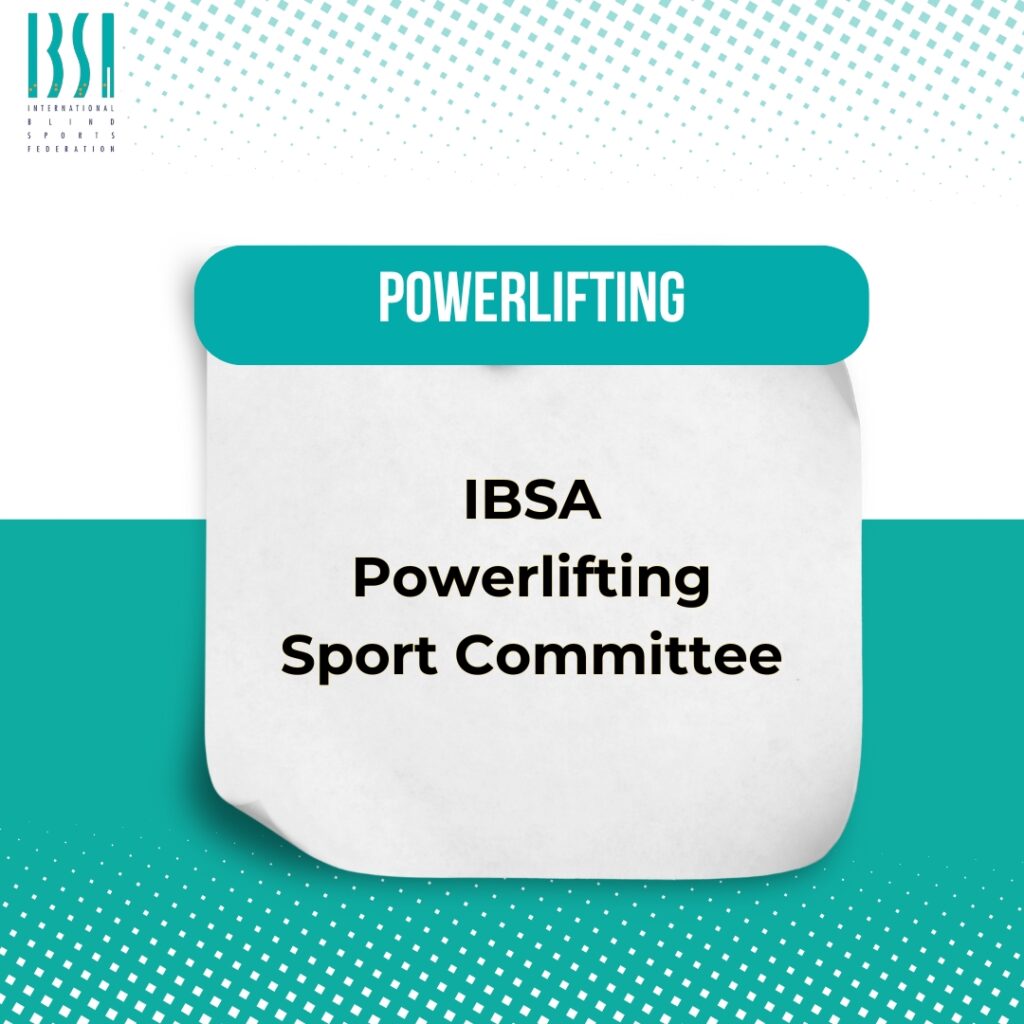Powerlifting Overview
About Powerlifting
Powerlifting is a sport for all athletes with visual impairments and takes little investment to start.
The sport will increase and develop an athlete’s physical strength and skills, even if they do it as another form of exercise.
Distinct from weightlifting, powerlifting is comprised of three lifts: the squat, bench press and deadlift. Powerlifting competitions may be comprised of one, two or all three of the lifting disciplines.
Athletes are categorised by sex, age and bodyweight. Each competitor is allowed three attempts at each lift, with the best lift in each discipline being added to their overall total. The lifter with the highest total in their respective age and weight class will be declared the winner. In cases where two or more lifters achieve the same total, the person with the lightest bodyweight wins.
IBSA Powerlifting follows the same rules as the sighted version of the sport.
IBSA Powerlifting regularly hosts various competitions for athletes with visual impairments, including world and regional Championships.
History
Powerlifting for athletes with visual impairments originated in the early 1980s, pioneered by Canada’s John Baxter.
Canada, Great Britain, Australia and the USA were the leaders in the sport during this time.
The countries began by sharing the results and records from their national competitions. Then in 1988, the first international competition – the ‘World Cup of Powerlifting’ was held in Ottawa, Canada, in 1988.
These were held every two years in the USA and Australia before the independent ‘International Blind Powerlifting Federation’ was launched in 1993 in partnership with the International Powerlifting Federation. World Championships were then held every year until 2000 when powerlifting joined the IBSA family.
IBSA Powerlifting regularly holds World and regional Championships and the sport features on the programme of the IBSA World Games.
Latest News
View all

